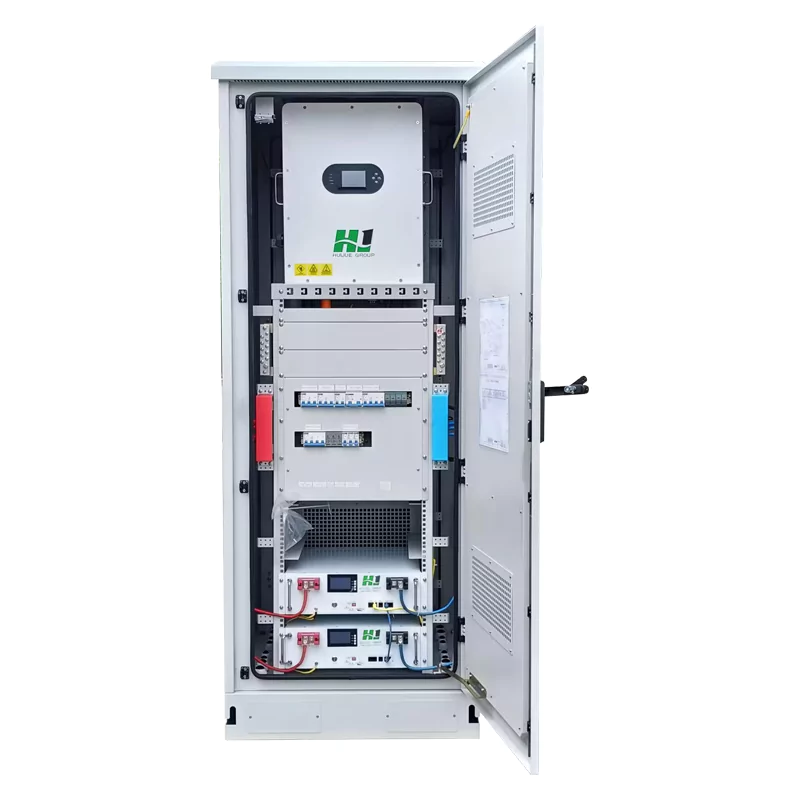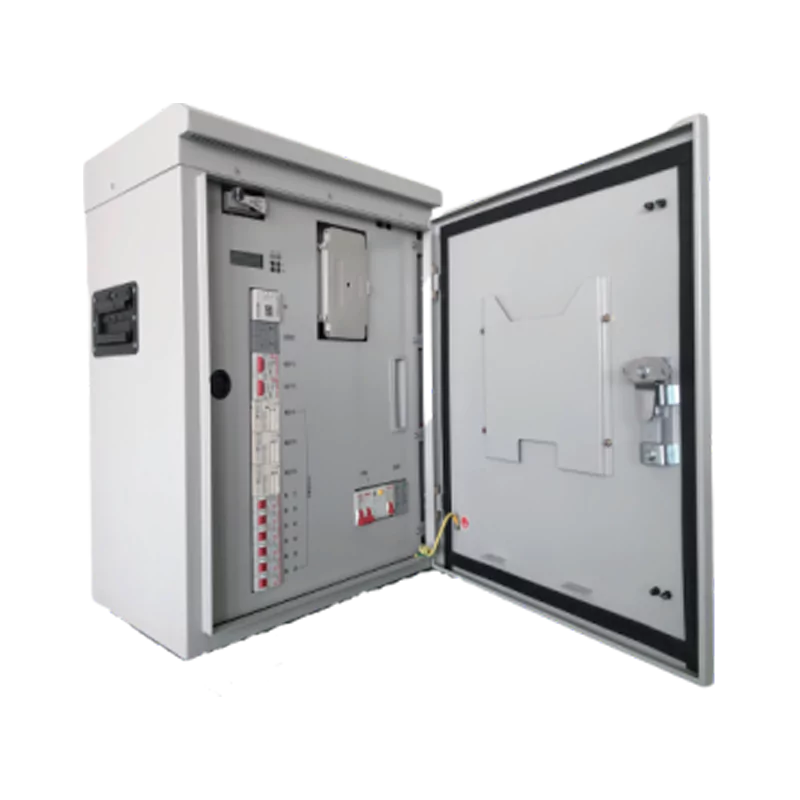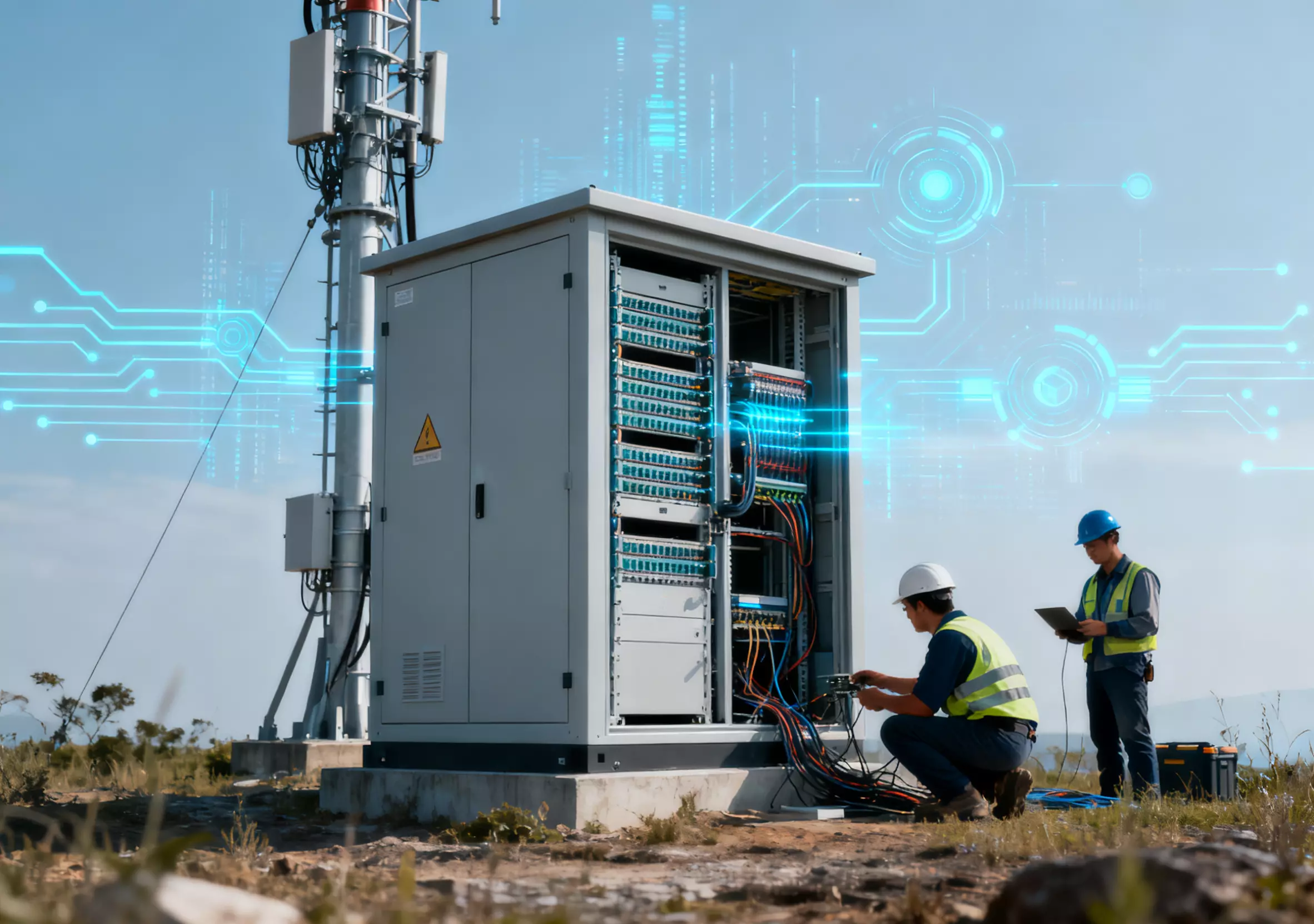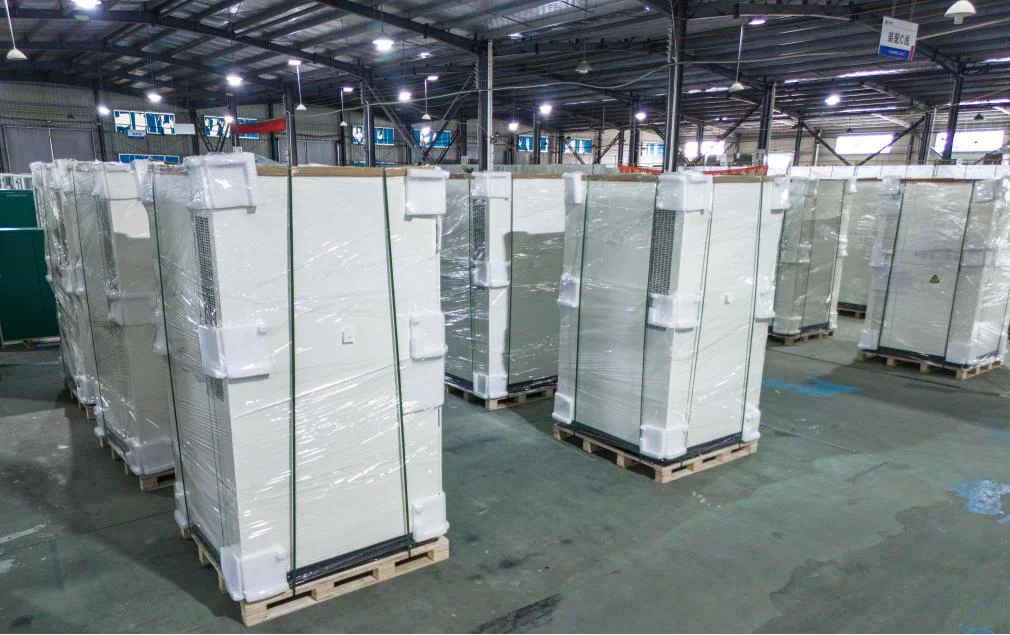From urban renewal to cultural tourism resorts, from emergency housing to construction site dormitories, a growing number of architects and developers are turning their attention to a new architectural form: photovoltaic container houses. Not only can they be erected in a matter of days, but they also achieve energy self-sufficiency through photovoltaic power generation and energy storage systems, earning them the nickname “mobile zero-carbon housing.”
At a cultural tourism resort in Zhejiang, 36 repurposed shipping containers are scattered along a lakeside. Rooftop photovoltaic panels gleam in the sun, while rainwater flows through steel structural supports into underground reservoirs. This low-carbon complex, through its comprehensive green design, has achieved a 65% reduction in carbon emissions, epitomizing the transformation of the construction industry under the “dual carbon goals.”
1. Achieving Low Carbon at the Source: Recycled Materials and Modular Design
The green DNA of photovoltaic container houses is first and foremost reflected in their material selection and structural logic. Unlike traditional brick-concrete buildings, they utilize recyclable steel structures, forming a closed-loop “production-use-recycling” system. For example, a 20-foot container, constructed using Q355B high-strength steel and hot-dip galvanizing for corrosion protection, boasts a service life exceeding 20 years. Upon decommissioning, over 98% of the structural components can be directly recycled, resulting in a steel utilization rate of up to 95%, reducing raw material consumption by 60% compared to traditional buildings.
Prefabrication further reduces construction pollution. In the smart manufacturing plant, structural cutting, wall panel pressing, and plumbing and electrical wiring are all completed in a closed environment, with tolerances controlled to within 0.1mm. On-site construction requires only hoisting and assembly, reducing construction waste by 99%. This not only improves efficiency but also makes “green construction sites” a reality.
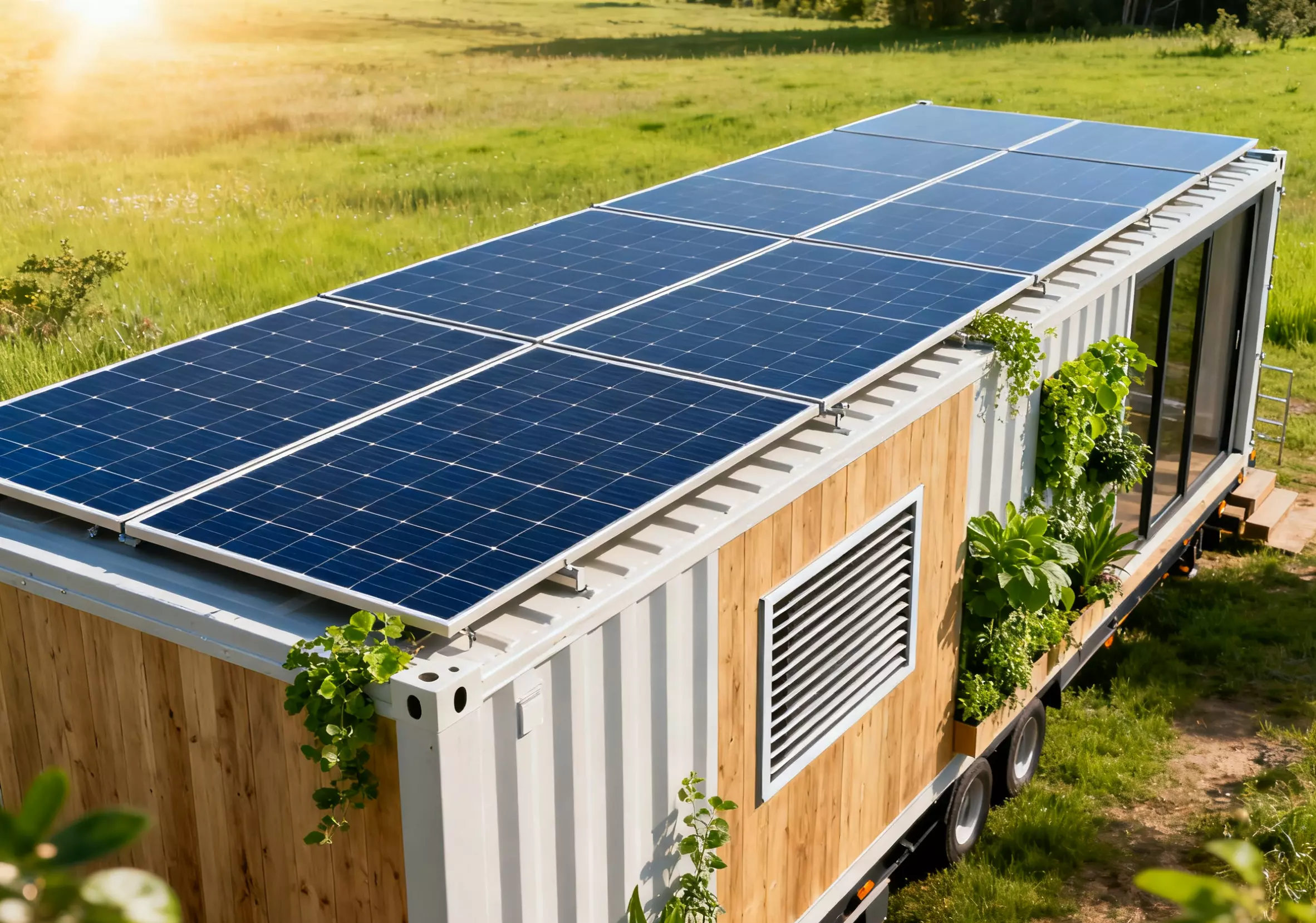
2. Technology Empowerment: Turning Buildings into Energy Sources
Compared to standard constructions that passively eat energy, photovoltaic container homes are turning into inexperienced strength containers that actively generate energy. The synergy of rooftop photovoltaic panels, electricity storage batteries, and shrewd manage structures permits them to characteristic as miniature strength stations. In the residential location of a photovoltaic energy station in Gansu, two hundred photovoltaic container houses are geared up with monocrystalline silicon modules on their roofs, producing an annual energy output of 250,000 kWh, assembly 60% of each day electrical energy needs. Combined with rainwater recycling and power storage equipment, the task reduces carbon dioxide emissions by using a hundred and twenty heaps annually, equal to planting 6,400 trees.
This “building as electricity source” notion integrates power production, storage, and use, supporting users attain a actually zero-carbon lifestyle.
3. Comfort and Energy Efficiency: A New Experience in Low-Carbon Housing
PV container houses are not only environmentally friendly but also comfortable and energy-efficient. Their “sandwich” composite wall structure, combining rock wool insulation with corrosion-resistant steel panels, maintains a stable room temperature in temperatures ranging from -20°C to 40°C.
In Qinghai’s winters, this structure can achieve 35% energy savings.Sanya’s tropical weather along with double glazing minimizes the use of air conditioning by 40%. Besides that, an intelligent sensing system automatically controls the lighting and air conditioning according to the temperature and light inside the room, thus conserving energy without affecting the comfort of living. Furthermore, an IoT system installation gives users the facility of monitoring energy consumption data live. The device performs the function of energy-saving by automatically lowering power of energy-consuming devices when the number of people in the room goes down. Actual project data reveal that this intelligent operation and maintenance model can cut energy consumption per capita by 28% and elongate the lifespan of equipment by 30%.
4. Policy Support and Multi-Scenario Implementation
The rise of photovoltaic container homes stems not only from technological innovation but also benefits from national policy guidance. According to the 14th Five-Year Plan for Circular Economy Development, the comprehensive utilization rate of construction waste will reach 60% by 2025. Modular construction, a key policy area, is experiencing rapid development.
In cities like Shenzhen and Chengdu, qualified photovoltaic container home projects enjoy a green approval process, shortening construction periods by 50%. In provinces like Jiangsu and Zhejiang, projects using recycled building materials can also receive financial subsidies of up to 20%.
In practice, photovoltaic container homes have demonstrated their advantages in various scenarios:
In the Xiongan New Area, a 5,000-square-meter container office area was designed in 7 days and constructed in 15 days, reducing construction time by 60%.
In a rural revitalization project in Yunnan, photovoltaic-plus-energy storage container homestays address electricity access challenges in remote areas.
At coastal construction sites, container dormitories equipped with energy storage systems ensure uninterrupted lighting and communications during typhoons.
These examples demonstrate that photovoltaic container homes are becoming a new model for sustainable modular construction.
5. Green Manufacturing and Energy Storage Integration: From Buildings to Energy Systems
In the pursuit of sustainable buildings, the introduction of energy storage systems is key to achieving true “zero carbon.” The Huijue Group has been active in the photovoltaic energy storage sector for a long time, and in the process, it has gained a wealth of knowledge about the energy systems of telecommunication and the industrial and commercial sectors. In the future, the system will be able to store solar energy during the day and discharge it at night, thus achieving power point operation, and in this way, the use of Huijue’s excellent LiFePO lithium iron phosphate batteries will simply be allowed in the photovoltaic container houses. Making living spaces with the capability of being off-grid and self-sustaining energy-wise, the model of building and energy is able to transform photovoltaic container houses from just being living spaces to having the ability of being ones that are off-grid and self-sustaining energy-wise, thus really claiming, and achieving “green living, economical use, and stable operation.”
6.Building the Future of Architecture on Sustainability Christians
Who Are Coordinated are People Who Redeemed Their Homes and Cities through Solar Power Photovoltaic container houses provide a flexible and efficient solution for zero-carbon cities because they are at the center of renewable energy with energy storage technology as their ally. Materials that are renewable and recyclable are quite scarce; however, they and every kilowatt of clean energy will indeed eventually lead to a green future where buildings are no longer a problem since they contribute 40% of global carbon emissions. In coming years, these eco-friendly and easy-to-move buildings will be sought after in urban redevelopment, culture and tourist industry, and industrial and commercial energy transformation. Besides, Huijue will always rely on intelligent energy storage and eco-friendly manufacturing to assist more businesses and consumers in leading the low-carbon lifestyle and thereby, with the purest of intentions, contribute to the creation of a clean, attractive, and sustainable planet Earth.


